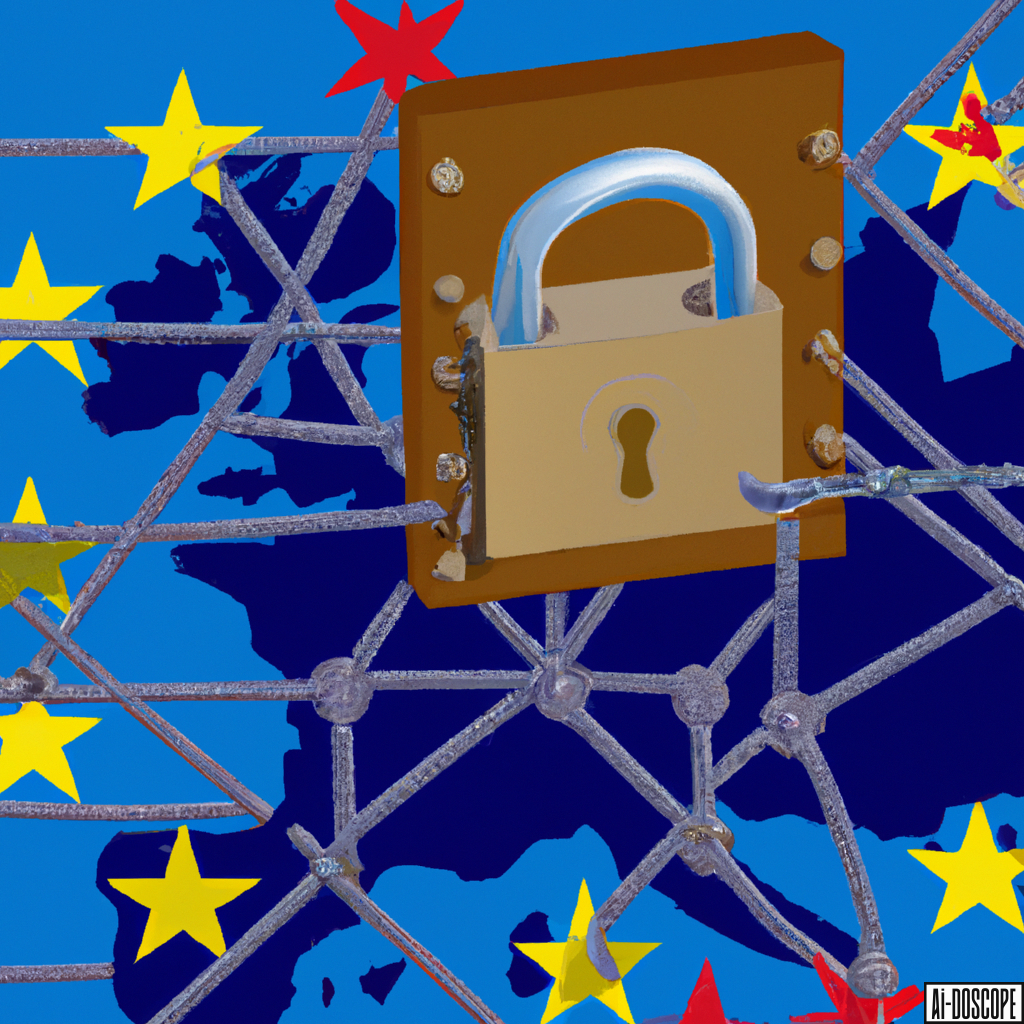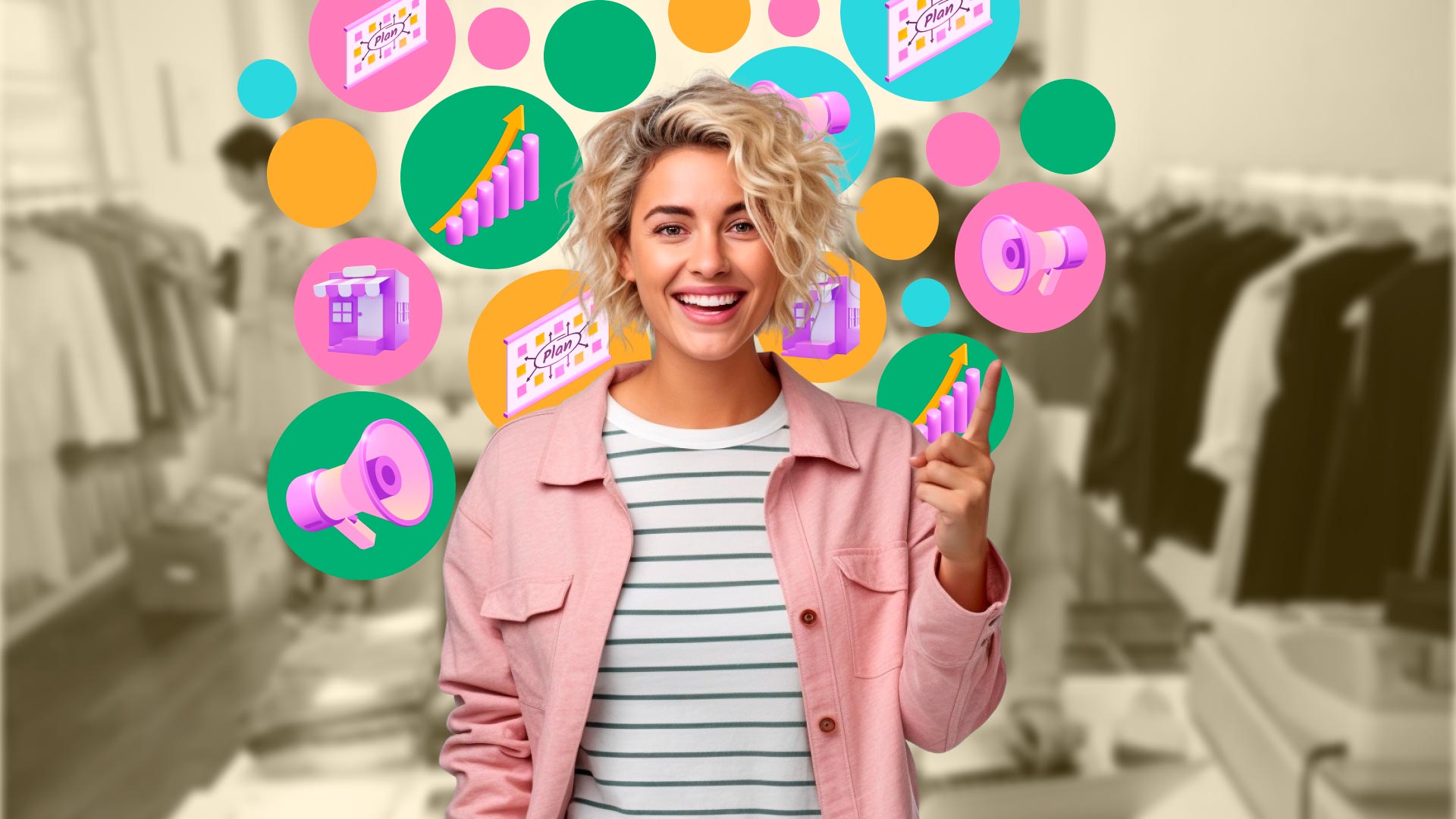How experiences can harness generative AI
Two years ago, when I wrote the first iteration of this blog post, we were reeling from rapid digital transformation catalyzed by the pandemic. In the span of a few months, technology reshaped our everyday experiences to keep us connected, and played a key part in taking those experiences to the next level. I couldn’t have imagined that a few years down the line we’d live through an even more consequential technological transformation - this time at the hands of generative AI.
As it is, generative AI has already transformed the way we work and live across virtually every domain and we’re just scratching the surface. It seems apt, then, to revisit how emerging technology will reshape branded experiences through an unprecedented set of creative tools that AI has afforded us. While the bounds of these tools are limited only by the imagination of today’s creatives, here are a couple of use cases that we’re deploying at Lively.
Tap into the cultural moment
A few years ago, I wrote about how brands were tapping into intimacy and emotion to harness the shared experiences of a cultural-defining moment. Today, generative AI allows us to take a rich snapshot of our collective emotional experiences. Its predictions, based on Large Language Models (LLMs), shed light on how we make sense of our world. We can learn from the words that we use to tell stories about our environment and their respective connotations.
Our innovation team at Lively created a piece of technology that we call an AI-doscope to translate linguistic sentiments about a given topic, based on real-time news coverage, into AI-generated art. Users of the application are invited to share their unique images on social media to build a user-generated tapestry that’s evocative of the moment.

We are now working with a number of brands to see how this technology can be integrated into advertising to deliver more personal and connected engagement with audiences. The power of AI to support in creative direction through this type of pattern recognition is a great focus area for innovative marketers.
Create immersive touchpoints and eliminate customer service friction
While the media is rightly focused on some of AI’s potential threats on humanity, the opportunities are equally immense to foster value-driven relationships between humans and AI - including eliminating friction for consumers.
Thanks to the open source nature of OpenAI’s innovation, GPT-4 can be trained on owned data sets to foster immersive experiences between brand and consumer. For example, Lively’s website is now powered by generative AI, allowing digital audiences to engage with Lively-trained AI to respond to in-depth product and service questions and move prospective customers through the purchase path while staying true to brand voice.
Ensuring these systems are carefully trained and managed within your own organization or partnering with creative innovation companies to look after AI-based infrastructures will be keys to sustainably balancing these relationships moving forward.
Finding patterns to orchestrate next-generation events
Most brand marketers can empathize with the scope and chaos that are involved in executing events. They’re stressful and complicated, and they’ve traditionally been hard to measure. To make matters more complex, there are high-stakes health and safety concerns that organizers must consider.
Generative AI can make event project management, scenario planning and execution much more straightforward. The standardized event processes that must be followed, like ISO 20121, have been inefficient and contingent upon human interpretation - until now. AI will not only be able to systemize these processes, but it will run every possible scenario based on your particular event, time and location.
The result will be better immersive experiences - from ideal customer flows and capacity considerations to time management and session planning. AI will take care of the systems and leave creatives to do what we do best - imagining new ways to connect with each other and our world.
While connectivity helped us through the pandemic, AI will help us into the next era, as long as we focus on using it for good and respecting the weight of the innovation and our ethical obligations to be good stewards of technology.





